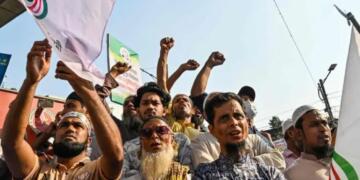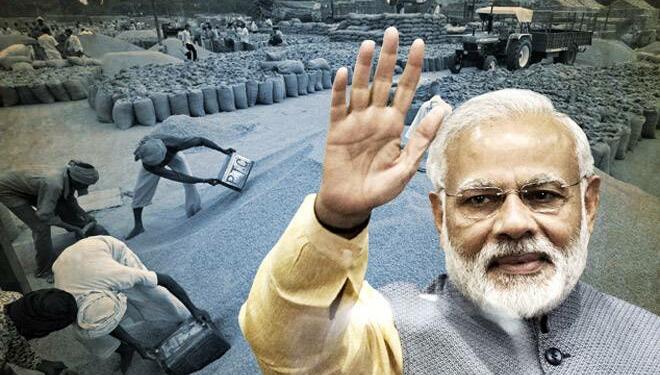Prime Minister Modi is taking all the necessary steps to ensure that the party wins the Uttar Pradesh Assembly elections, 2021. The latest step in the direction is the hike in air and Remunerative Price (FRP) to 290 rupees per quintal even as the international prices remain subdued when compared to what the government is offering. Although, the sugar prices have been kept constant so that the consumer does not need to bear the burden. Piyush Goyal, Minister of Consumer Affairs, Food and Public Distribution, said the government is giving a lot of support to increase sugar exports and ethanol production. “Considering all of these factors, we do not see any reason at the present moment for increasing the (sugar) selling price,” he said.
The increase in FRP for sugar would bring the farmers in Western Uttar Pradesh even closer to BJP. The sugarcane farmers were glad about the fact the ethanol blending in petroleum and incentivization of exports boosted their income in the last few months. The increase in FRP is another step that strengthens their loyalties to the party.
Previously, the Union government passed THE CONSTITUTION (ONE HUNDRED AND TWENTY-SEVENTH AMENDMENT) BILL, 2021, to ensure that the Uttar Pradesh government can make its OBC list. The bill allows the state governments to maintain their list of socially and educationally backward classes (SEBCs), commonly known as Other Backward Classes (OBCs).
As per reports, the Yogi government is preparing to include 39 castes in the OBC list on the recommendation of the State Backward Classes Commission, which will soon make a recommendation in this regard to the Uttar Pradesh government.
These 39 castes are Vaish, Jaiswar Rajput, Ruhela, Bhutia, Agrahari, Dosar, Muslim Shah, Muslim Kayastha, Hindu Kayastha, Core Kshatriya Rajput, Dohar, Ayodhyawasi Vaish, Barnwal, Kamalapuri Vaish, Kesarwani Vaish, Bagwan, Bhatt, Omar Bania, Mahour Vaish, Hindu Bhaat, Goria, Bot, Panwaria, Umaria, Nowana and the Muslim Bhat.
The Most Backward Social Justice Committee (MBSJC), constituted by Uttar Pradesh Chief Minister Yogi Adityanath, recommended dividing OBC subcastes into three categories – pichda, ati pichda aur sarvadhik pichda (backward, very backward, and most backward). While 12 subcastes have been put in the backward category, 59 have been placed in very backward, and another 79 have been put in the most backward category. Each group is expected to get a 9 per cent reservation of the total 27 per cent allotted for OBCs.
The backward community would include castes like Yadav and Jats who currently siphon off most of the 27 per cent of quota while other castes in the OBC category are marginalized. The quota of these castes would be limited to 9 per cent.
The very Backward category would include castes like Gurjar, Kushwaha-Maurya-Shakya, Prajapati, Gaderia-Pal, Baghel, Sahu, Kumhar, Teli, and Lodh who have poor representation political and economic front. The employment rate of these castes is only 50% in comparison to their population. The panel also said that some specific castes among them have been securing more employment in comparison to other castes, which is contributing to the emergence of a new middle class.
The third category, the Most Backward, includes castes like Mallah, Nishad, Kewat, Kashyap, Kahar, Bind, Rajbhar, Bhar, Loniya Chauhan, Dheevar, and Ghosi. They are backward in all respects- culturally, economically, socially, and as well as politically. Most of them are employed in lower levels of government services (Grades 3 and 4 jobs).
The new quota system might be implemented before the assembly election. It is very evident from the cabinet expansion, as well as revision of the OBC quota that BJP is banking on a combination of upper caste, non-Yadav OBC, and non-Jatav SC to win the election because this formula has worked for the party every time.


































